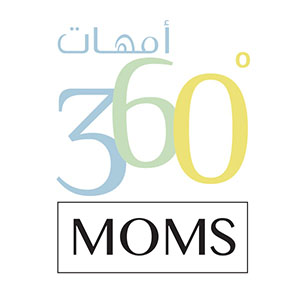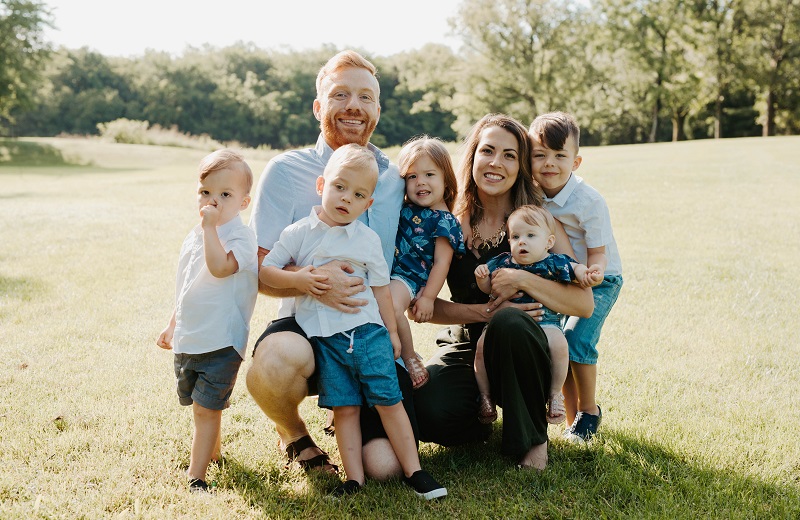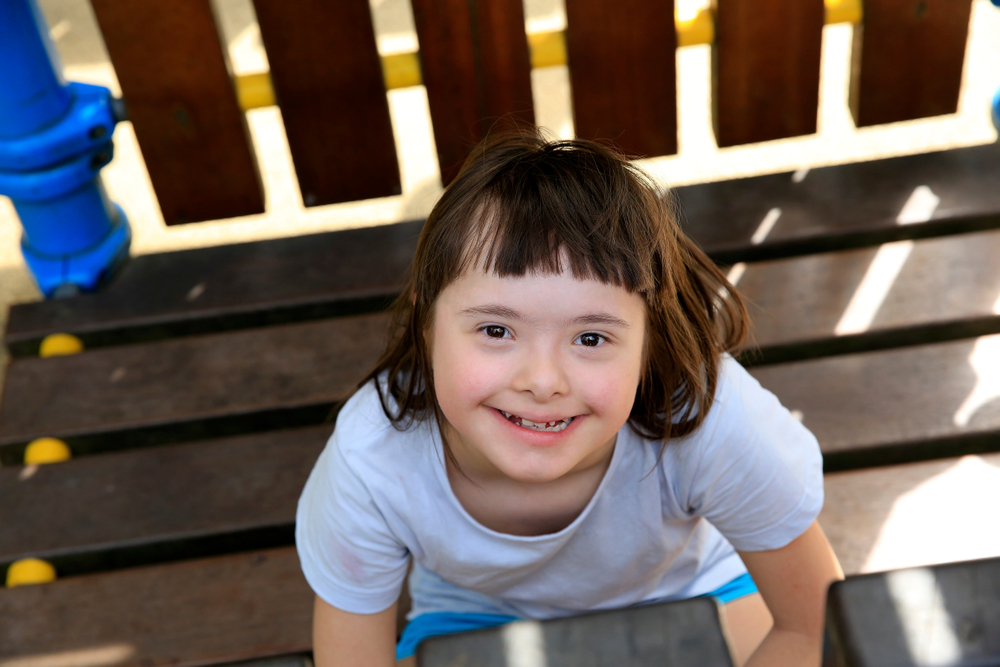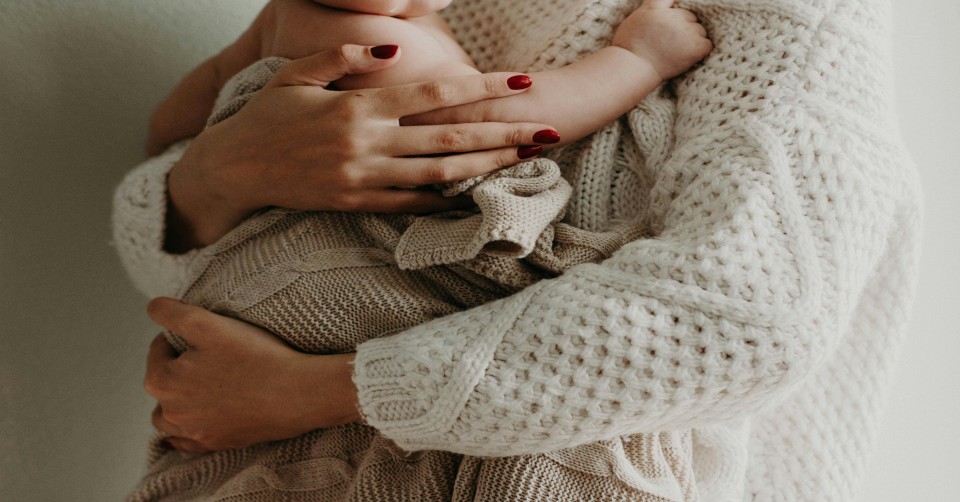Mothers’ Stories
One diagnosis brought two mothers together!
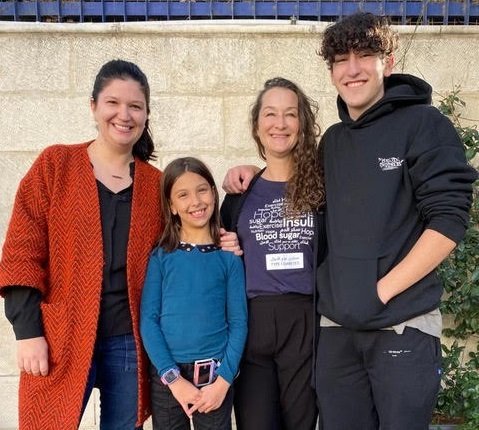
A new language, a new culture, and a new perspective on life... It's all part of the adventure of moving abroad for Jennifer and Genesis.
Two Americans have each made Amman their home. But what happens when a life-changing autoimmune disease overtakes that adventure?
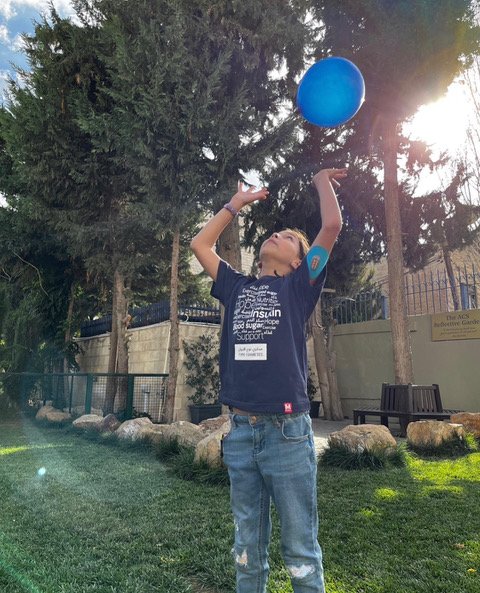
NORA'S TYPE 1 DIABETES DIAGNOSIS STORY - TOLD BY JEN
Seven years ago, our lives were uprooted from our home in Yemen. Life was bumpy at best, but we are lucky. Amman is an ideal combination of rich Arabic culture with easy access to services and amenities unmatched in Yemen—perfect for me, my husband, and our daughter Nora. We finally had a home that could be our own, with some of the most welcoming people I have ever met in the whole world.
Just over a year later, our lives would be changed forever (again).
A few weeks after the birth of our second daughter, Dalia, my husband and I noticed that Nora (then three years old) was drinking unreasonable amounts of water and having accidents despite being potty trained. Which are known as type 1 diabetes warning signs (The four Ts - thirsty, thinner, tired, and toilet). However, do you know what our pediatrician said?
"Nora is just jealous. Spend more time with her, and it will pass."
Who were we not to believe this doctor? Still, summer break with my family was a few weeks away, and we would get a second opinion. Little did we know, she wouldn't make it that far.
Nora slipped into a coma on the airplane somewhere between London and Phoenix—she was in severe Diabetic Ketoacidosis (DKA) - a serious complication of diabetes that can be life-threatening and most common among people with type 1 diabetes. All I could do was watch the flight tracker knowing that Canada was the closest place to land and was hours away. (I still have a hard time watching those screens even six years later.)
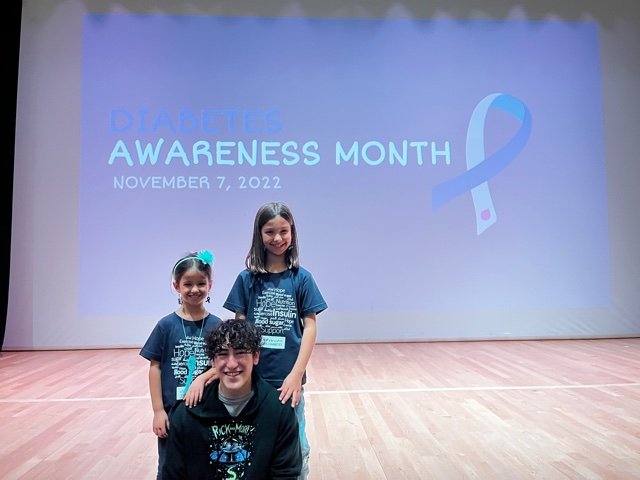
After that, I can only recall a few memories that sort of sit in a vacuum.
I remember the incredibly kind people. The lady that held my 5-week-old baby for five hours so I didn't have to think about her (no, my husband wasn't traveling with us). The man sitting next to me offered food and helped with the luggage. And the doctor on the plane who helped make the final decision to ground the plane.
I remember the ER doctor standing next to me and saying type 1 diabetes as we both looked at Nora laying in her bed, attached to way too many tubes and devices. Of course, I ask, "But she will be okay, right?" The doctor had this look and finally replied quite dimly, "I hope so."
Nora's blood glucose was over 900 mg/dL; a typical range for blood glucose is 80-180 mg/dL. And her A1C (test indicators for diabetes type 1) was 13.9%, and the accepted A1C for people with diabetes is 6.5%. To be non-diabetic, it must be below 5.6%. She had a 50/50 chance of surviving.
She was so dehydrated from DKA that blood couldn't be drawn from her arms—they had to use her toes instead. I remember the first time these tests hurt her. She was so angry. I could only cry because she was finally coming back to us.
And yet, we are the lucky ones. As horrific as this was, Nora pulled through under the care of the most amazing nurses and doctors. Five days later, we were released, and our real journey began.
ADAM'S TYPE 1 DIABETES DIAGNOSIS STORY - TOLD BY GENESIS
It all started 15 years ago. Times were different then.
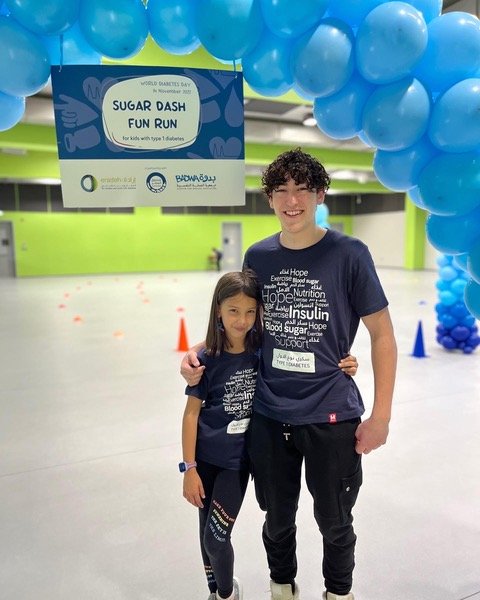
A few weeks before Adam's third birthday, he started wetting his bed. This was a setback from his potty training. I thought I wasn't giving Adam enough attention because I was also potty training his younger sibling; they are very close in age.
I didn't give it much thought because I was frustrated that Adam had regressed. I never mentioned it to the doctor because I thought I was doing something wrong. (If you feel anything is off - diabetes or otherwise - please mention it to your doctor!)
Then Adam started getting flu-like symptoms. He appeared sick and was constantly napping.
I knew something was seriously wrong, but I didn't know what, so I took him to the doctor - a lot! Every time, the doctor would explain my worries by saying it was a virus, giving Adam antibiotics, and saying his body must needs rest.
Was I overreacting? The doctors made me feel this way, but I knew it had to be something else.
After several visits, I was so worried I spoke to my mother. She said it sounds like Adam may have diabetes and to push the doctor to screen him. So I made yet another appointment. Once I told him that neither mine nor my husband's family has a history, he told me to drop it.
And then Adam started losing weight and drinking tons of water. He drank to the point where he started vomiting up the water (two of the four T's of type 1 diabetes warning signs again).
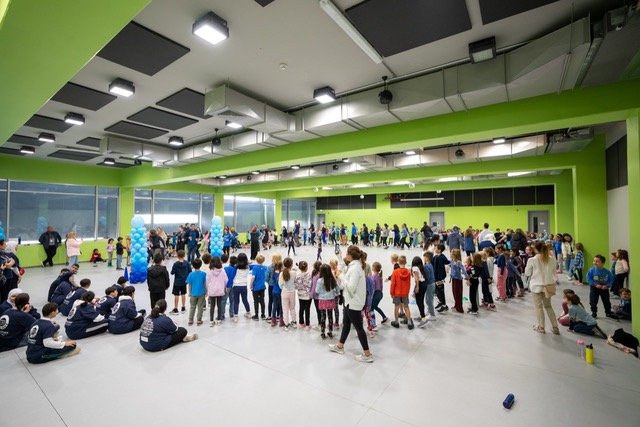
I telephoned the doctor in tears, telling him what was happening with Adam. The doctor told me to rush him to the hospital straight away. I think then the doctor realized Adam had diabetes. His blood sugar was so high that he stayed weeks in the hospital to get it under control. I was told that if I hadn't brought him in that day he would've died.
That day, our lives changed forever in every way.
LIFE WITH TYPE 1 DIABETES - NO ONE SHOULD FIGHT ALONE
What happened throughout the diagnosis process has profoundly changed us, our kids, our families, and how we view the world. Adam and Nora wouldn't have had to go through these dramatic and dangerous episodes if pre-screening for type 1 diabetes was typical for young kids.
Type 1 diabetes is an autoimmune disease that affects the pancreas. It is not preventable or contagious. Insulin is a drug that must be injected to keep blood glucose levels within range, but it is not a cure. Presently, there is none. The good news is with type 1 diabetes, as long as they have insulin, they can eat or do anything they want (which is very different from type 2 diabetes).
Type 1 diabetes is often called an invisible illness. But becoming a human pancreas is anything but invisible. It requires constant attention from a team of people. As two moms of kids with type 1 diabetes, we know that all too well.
We check blood sugar before and after meals and in the middle of the night. That's a finger poke 4-7 times a day.
We measure food to know the nutritional content of EVERYTHING your kid puts into their mouth. Carbohydrates, fat, protein, and fiber all profoundly impact blood sugar.
We monitor activity, stress, hormones, puberty, etc., because those affect blood glucose levels too.
We give insulin for everything they eat or if blood glucose levels are high. That's an injection 3-5 times a day.
We see countless doctors to ensure they are as healthy as can be without the many complications that can arise at any time. Quarterly endocrinologist visits, annual eye examinations, and blood work to screen for liver function and other autoimmune diseases like thyroid problems and celiac, etc.).
We follow up with all the bureaucratic red tape to ensure that insurance isn't denying claims, the pharmacies don't run out of test strips (which they do), and our kids always have insulin at home.
We teach our kids to be responsible enough to always have their emergency supplies with them in case of a minor (or major emergency).
Imagine for a second you wake up tomorrow and have to do this with your 3-year-old, your pre-teen or your senior who is leaving for college next year (and then continue this routine every day for the rest of their lives).
If you were to spend a minute with one of these strong kids, you would see that this isn't an invisible disease at all. But you would see how isolating it is to have all these tasks without any support.
Most people in the world don't know anything about type 1.
A large portion of people still think medical differences and chronic diseases are taboo. Jen and Genesis were told to hide the diagnosis - after all, who would marry a kid with type 1 diabetes? (If you are wondering, we didn't hide it, diabetes is as much a part of them as any other talent, learned skill, or personality trait).
Nora was almost five years old before she was invited to a friend's house for a playdate (even if I were to accompany them). Her best friends were her wonderful nursery teacher and her baby sister. That's it.
Instead of going on playdates when he was young, Adam and his family had to travel to Egypt or Lebanon to get the latest technology (an insulin pen) as they were much smaller and easier to get accurate doses for very little kids.
This all got us thinking: Why does it take a parent to advocate for the best medicine, and what will it take for our community to treat our kids with a welcoming, kind curiosity?
And then Noa met Adam. Here is an unlikely pair—a 5-year-old and a 14-year-old. But they are dia-buddies who get it. The answer became clear. Our mission must be to build our community through education. Together, they could help their classmates, friends' parents, and teachers understand their daily challenges better. If we talk about diabetes, people don't have to wonder, be fearful, or be mean. They can know.
ADVOCATING TO BUILD A COMMUNITY
November is Diabetes Awareness Month. For the past five years, Nora, Adam, Genesis, and Jen have spoken to the school about what kids with type 1 diabetes live with daily.
This year's event was the biggest by far. A Sugar Dash Fun Run was organized for Elementary and Middle School kids who raised awareness at home by collecting pledges and then running at school for the cause.
Year after year, these young advocates outdo themselves with courage, pride in their condition, and compassion to help others. After all the classroom talks, playdates, and fundraising, type 1 diabetes is no longer a big thing. A community of friends, peers, coaches, and teachers gets it. Sure, Nora and Adam still have good and bad days, and sometimes they must cancel plans because diabetes doesn't play fair. Friends may not know what to do specifically to help them, but they aren't scared. They have learned to ask. Type 1 diabetes is no longer this scary thing that stops Nora and Adam from anything.
THE SUGAR BOX: FINDING BALANCE FOR KIDS WITH TYPE 1 DIABETES
This year, we are taking it one step further with a new initiative called Sugar Box. We proudly work with four of Amman's top pediatric endocrinologists to provide new support for children with type 1 diabetes and their families.
When kids are diagnosed, an overwhelming amount of information is difficult to understand. From experience, we know some tools can make this disease easier, but it is very difficult to find in Jordan!
Sugar Box is a free diabetes starter kit with all locally made and sourced products to help kids begin this daunting journey. Available in Arabic or English consists of a sling bag with a special pocket for diabetes devices, a cooling pouch for insulin made by the Badwa Center for Special Education, a kid-friendly blood sugar log book, an ID bracelet, and bag tags for easy identification, a teddy bear—for moral support that helps you learn where to give insulin injections—and so much more!
We have delivered 150 Sugar Boxes to four doctors, but we need your help! Would you like to have your products included in this toolkit? Are you working with kids who have type 1 diabetes? Would you like to sponsor a Sugar Box? Please visit us on Facebook or Instagram at SugarBox.JO to learn more. We would love to hear from you!

